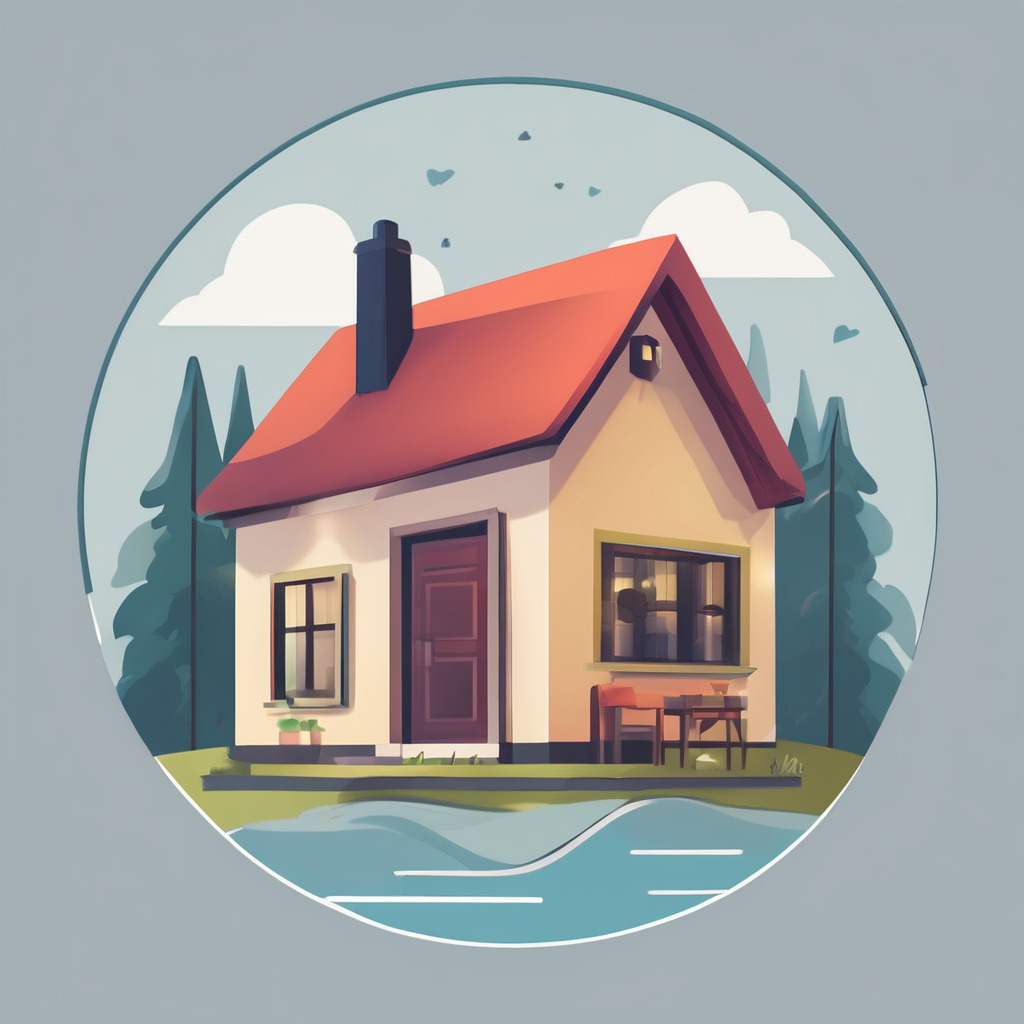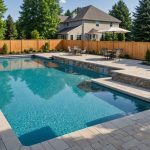Deciding to install a swimming pool is one of the most exciting yet challenging choices you can make as a homeowner. With a variety of pools available, understanding the right size and depth for your needs is crucial. This article will guide you through key considerations, ensuring your new backyard oasis is perfect for you and your family’s enjoyment. We will cover everything from the intended use of the pool to safety measures, and from maintenance concerns to design preferences. By the end, you will have the knowledge you need to make an informed decision about your home swimming pool.
Understanding Your Pool’s Purpose
Before diving into the specifics of size and depth, it’s essential to clarify the primary purpose of your swimming pool. Are you planning to host family gatherings, provide a safe play area for your children, or create a serene space for relaxation? Knowing the primary function will significantly influence your design choices.
Also to read : What types of pool accessories can enhance your swimming experience?
If your focus is primarily on family fun, consider a shallow pool with a gradual slope. Shallow pools are safer for children and allow for various activities, such as games and lounging. On the other hand, if you envision hosting pool parties or invite friends for water volleyball, you might want a deeper area that accommodates diving.
Another important aspect to consider is the age range of your children and their swimming abilities. If your kids are still young or just learning to swim, a shallow area is crucial. You can always incorporate a deeper diving area for older kids and adults to enjoy. By determining the primary function of your pool, you can better assess the best depth and size needed.
Also to see : What are the most common mistakes to avoid when building a home swimming pool?
In addition, consider whether you want to engage in specific sports or activities. For example, if you plan to swim laps, a longer pool might be necessary. Alternatively, if relaxation and sunbathing are your goals, a smaller, shallower pool may suffice. Defining the purpose of your pool will serve as a foundational step in your design process.
Assessing Your Available Space
The size of your outdoor area is a significant factor when determining the right dimensions for your swimming pool. Measure the available space and visualize how a pool will fit into your backyard design. Take note of existing structures, landscaping, and any zoning regulations that might dictate the pool’s placement.
When considering pool dimensions, think about how much of your yard you want to dedicate to the pool. You may want an expansive area for lounging or outdoor furniture surrounding the pool, which requires a larger footprint. However, if space is limited, a compact pool can still provide ample enjoyment without overwhelming your backyard.
In terms of depth, it’s essential to ensure that your pool integrates seamlessly with your yard’s overall layout. For deeper pools, you may need additional space to accommodate safety features, such as fencing or landscaping to provide a natural buffer.
Moreover, factor in any local building codes that may restrict certain aspects of pool design, such as set-back distances from property lines. It’s also wise to consult with a professional pool designer or contractor who can help you navigate these regulations while making the most of your space.
Ultimately, assessing your available space will help you find a balance between enjoying a beautiful pool and maintaining an enjoyable outdoor environment.
Choosing the Right Depth for Safety and Fun
Safety is paramount when designing your pool. The depth you choose should prioritize the safety of users, especially if children will be swimming. Generally, the shallow end of the pool should be no less than 3 feet to accommodate younger swimmers while ensuring they can stand comfortably.
For the deeper areas, consider the activities planned. A depth of around 4 to 6 feet is typically sufficient for recreational swimming and light diving. However, if diving is a primary activity, you may need to increase the depth to 8 feet or more. This prevents injuries due to shallow water while providing a safe environment for all ages.
Furthermore, think about incorporating a gradual slope from shallow to deep areas. This design not only enhances safety but also adds visual appeal. Additionally, consider features such as steps or benches in the shallow end, which can provide kids with a safe place to rest or play.
Beyond safety considerations, the depth of your pool also affects maintenance. Deeper pools often require more cleaning and chemical balancing due to increased water volume. Make sure to factor in your commitment to regular maintenance and the potential costs associated with keeping a larger body of water in shape.
In summary, determining the right depth involves balancing fun, safety, and maintenance. By prioritizing the needs of everyone who will use the pool, you can create a safe environment that encourages enjoyment.
Maintenance Considerations for Your Swimming Pool
Maintenance is a vital aspect of owning a pool, and the size and depth of your pool will significantly affect the upkeep required. Larger pools require more water, which translates to higher costs for chemicals, heating, and cleaning.
When choosing the size of your pool, consider how much time you can realistically dedicate to maintenance. Smaller pools are generally easier to manage and often require fewer resources. If you opt for a larger pool, you may want to invest in automated cleaning systems or consider hiring a professional service to assist with upkeep.
Another factor to consider is the type of materials used in the pool’s construction. Some materials require more maintenance than others. For instance, vinyl-lined pools are easier to clean but may not be as durable as concrete pools, which offer a longer lifespan but require more intensive maintenance.
The depth of your pool also impacts maintenance. Deeper pools can collect more debris, requiring more frequent cleaning. Additionally, you’ll need to balance the water chemistry more regularly to ensure that the deeper water remains clean and safe. It’s essential to have a plan for regular maintenance, which includes testing water, cleaning filters, and checking for any repairs needed.
In conclusion, while larger and deeper pools offer more recreational opportunities, they come with increased maintenance responsibilities. Understanding these requirements before committing to a pool design will ensure you enjoy your investment for years to come.
Designing Your Dream Pool: Style and Features
Design is a crucial component of any pool project. Your pool should fit harmoniously within your existing backyard aesthetics while also meeting your functional needs. Consider the style of your home and landscape when selecting the size and depth of your swimming pool.
You can choose from various designs, including rectangular, freeform, or infinity pools. Each design has its own appeal and can influence how the pool will be used. For example, rectangular pools often suit modern homes, providing a sleek, clean line. Freeform pools, on the other hand, can create a more natural look, blending with landscaping and surroundings.
When it comes to features, think about incorporating elements that enhance both functionality and aesthetics. For instance, adding a shallow area encourages play for children, while a diving board or slide can make deeper sections more exciting. Additionally, consider integrating seating areas, waterfalls, or lighting to make your pool an evening focal point.
Furthermore, think about surrounding the pool with a deck or patio for relaxation and entertaining. The choice of materials for those areas can affect the overall ambiance of your backyard. Consider non-slip surfaces for safety, especially around the pool’s edge.
Ultimately, the design should reflect your personal style and how you plan to use the pool. By considering both size and depth in relation to design and features, you can create a stunning centerpiece for your backyard, ensuring it meets the needs of all users.
Determining the right size and depth for your home swimming pool involves thoughtful consideration of various factors. From assessing the purpose of the pool, available space, and safety requirements to maintenance concerns and design aesthetics, each element plays a crucial role in shaping your ultimate decision.
By understanding your needs and preferences, you can create a pool that not only enhances your backyard but also provides joy and relaxation for your family and friends. Whether you envision a space for exciting diving adventures or a tranquil area for sunbathing, taking the time to plan will lead to a fulfilling investment in your home. With the right approach, your dream pool can become a cherished part of your outdoor living experience.











